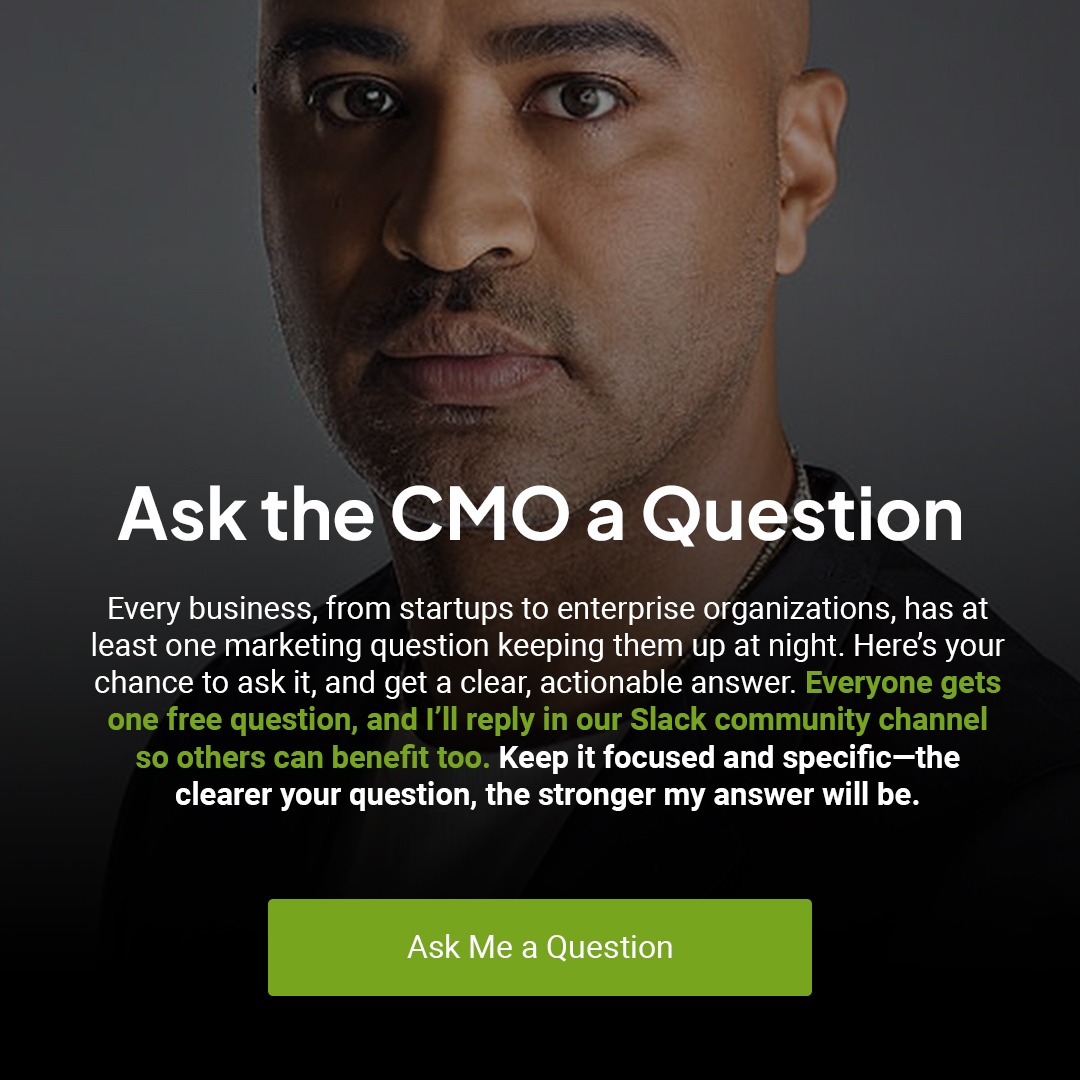Most content never gets a second glance. It sits, unnoticed, drowning in a sea of competing voices. But some content stands out—it grips attention, builds trust, and drives action. Why? Because it’s backed by strategy. Over the years, I’ve helped brands transform bland messaging into compelling narratives that inspire engagement and fuel business growth.
A strong content strategy is more than just well-written articles and social posts—it’s a system designed to guide consumers, establish credibility, and create measurable outcomes. Let’s break down how to build a content engine that converts passive readers into active customers. How a Powerful Content Strategy Drives Customer Action
In today’s crowded digital landscape, businesses aren’t just competing for attention—they’re competing for action. Consumers are inundated with content at every turn, yet only a fraction of that content compels them to engage, trust, and ultimately convert. The difference? A well-crafted content strategy. As a seasoned digital marketing expert, I’ve seen firsthand how strategic, high-value content transforms passive readers into loyal customers. But content isn’t just about words on a page; it’s a meticulously designed system that guides consumers through the buyer’s journey, builds credibility, and drives measurable business results. Let’s break down how a strategic approach to content creation and distribution leads to real-world action—and how you can implement it effectively.
The Integral Role of Content in Shaping Consumer Behavior
Content serves as the linchpin in how consumers perceive and interact with brands. It guides them through the journey from awareness to consideration and, ultimately, to decision-making. By delivering valuable, relevant, and consistent content, businesses can adeptly address consumer needs, thereby influencing purchasing decisions.
Core Components of a Potent Content Strategy
- Audience Segmentation and Personalization
Understanding your target audience is paramount. By segmenting audiences based on demographics, behaviors, and preferences, content can be tailored to resonate with each group’s unique needs. Personalized content significantly enhances engagement and conversion rates, as consumers are more inclined to interact with content that aligns with their interests. - Multi-Channel Content Distribution
Consumers engage with brands across a multitude of platforms—websites, social media, email, and more. A successful content strategy ensures a cohesive and consistent brand message across all channels. Employing a multi-channel approach not only broadens reach but also reinforces brand presence, increasing the likelihood of consumer action. - Leveraging User-Generated Content (UGC)
Incorporating content created by customers, such as reviews, testimonials, and social media posts, infuses authenticity into the brand narrative. UGC acts as social proof, shaping potential customers’ perceptions and encouraging brand engagement. Brands like Loewe have effectively utilized employee-generated content to promote authenticity and connect with audiences. - Data-Driven Content Creation
Utilizing analytics to discern which content resonates with the audience allows for strategic planning. By analyzing metrics such as engagement rates, click-through rates, and conversion rates, businesses can refine their content to better meet consumer needs, thereby driving desired actions.
Psychological Principles Underpinning Content Influence
To craft content that compels action, it’s essential to understand the psychological drivers of consumer behavior:
- Social Proof
Humans often emulate the actions of others, especially in uncertain situations. Showcasing customer reviews, testimonials, and case studies can reassure potential customers of a product’s value, prompting them to act. - Reciprocity
Offering valuable content for free, such as e-books, webinars, or informative blog posts, can instill a sense of obligation in consumers to reciprocate, often leading to conversions. - Scarcity
Emphasizing limited-time offers or exclusive content can create a sense of urgency, motivating consumers to act swiftly to avoid missing out.
Implementing a Comprehensive Content Approach Across the Buyer’s Journey
A holistic content strategy addresses each phase of the buyer’s journey:
- Awareness Stage
Attract potential customers with informative and engaging content that addresses their challenges. This may include blog posts, social media updates, and educational videos that provide value and establish the brand as a thought leader. - Consideration Stage
Offer in-depth content that highlights solutions, such as case studies, whitepapers, and webinars. This content aids consumers in evaluating options, positioning the brand’s offerings as ideal solutions. - Decision Stage
Provide content that facilitates purchasing decisions, like free trials, demos, or detailed product guides. This stage focuses on eliminating remaining barriers to purchase and presenting clear calls to action.
Measuring the Efficacy of Content Strategies
To ensure a content strategy effectively drives customer action, it’s crucial to establish key performance indicators (KPIs) such as conversion rates, engagement metrics, and customer retention rates. Regular analysis of these metrics enables data-driven adjustments, optimizing the strategy for enhanced results.
Conclusion
A meticulously executed content strategy is a formidable tool in influencing consumer behavior. By comprehending the audience, delivering personalized and valuable content across multiple channels, and leveraging psychological insights, businesses can drive customers to undertake meaningful actions that benefit both the consumer and the brand. In the ever-evolving realm of digital marketing, staying attuned to consumer behavior and adapting content strategies accordingly is pivotal for sustained success.
Keep Reading
Want more? Here are some other blog posts you might be interested in.
If you do not know who your product is for, it will not sell. The market is not cruel, it is ...
Most B2B “lead problems” are not lead problems. They are “we never got them to a meeting” problems. The ad did its ...
Your customers expect to be tricked (unfortunately). They have seen bait pricing. They have fought to cancel. They have waited on ...
For founders and growing companies
Get all the tips, stories and resources you didn’t know you needed – straight to your email!




